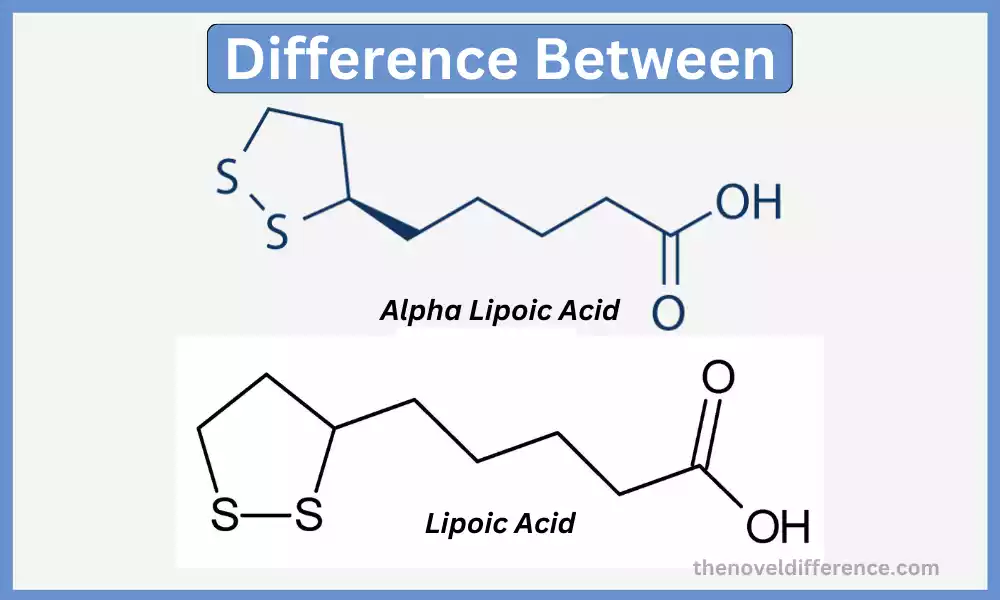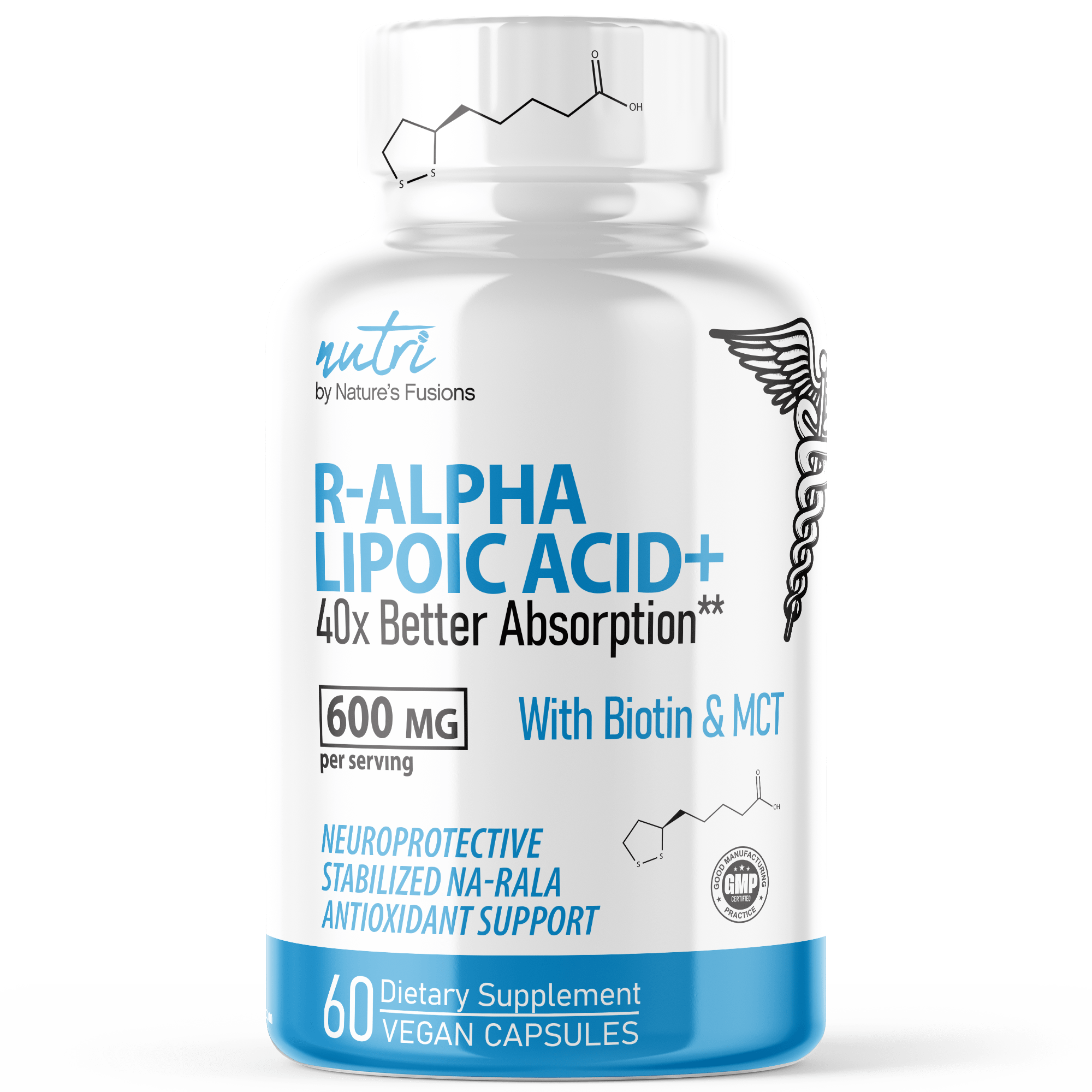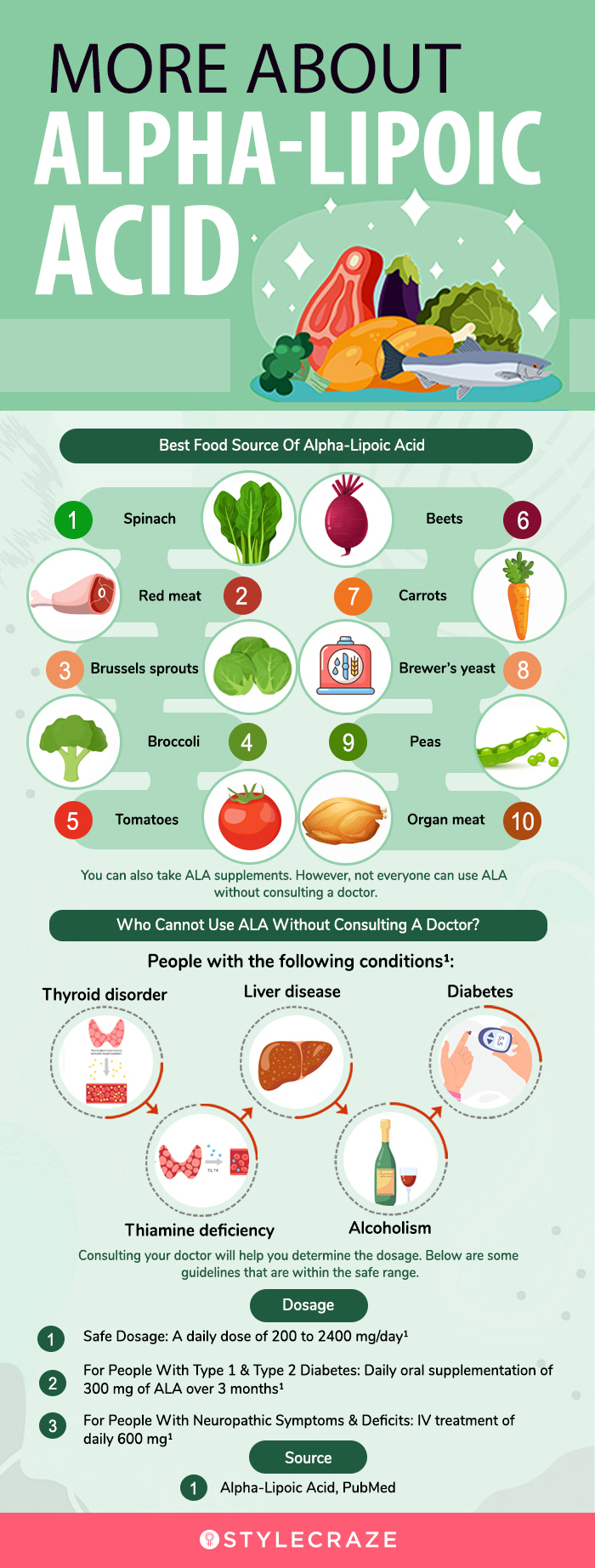Difference Between R Alpha Lipoic And Alpha Lipoic Acid

In the vast landscape of dietary supplements, discerning the nuances between seemingly identical compounds can be a challenge. Alpha-lipoic acid (ALA) is a popular antioxidant, but understanding the distinction between “R” and “alpha” forms is crucial for consumers seeking its purported health benefits.
This article will clarify the differences between R-alpha lipoic acid (R-ALA) and alpha-lipoic acid (ALA), their effects on the body, and what this means for consumers considering supplementation.
What is Alpha-Lipoic Acid (ALA)?
Alpha-lipoic acid (ALA) is a naturally occurring compound found in every cell in the body. It plays a vital role in energy production by helping convert glucose into energy. ALA is also a potent antioxidant, protecting cells from damage caused by free radicals.
It's a unique antioxidant because it's both water- and fat-soluble, allowing it to work throughout the body.
R-ALA vs. ALA: Understanding the Difference
ALA exists in two forms, known as isomers: R-ALA and S-ALA. These are mirror images of each other at the molecular level.
R-ALA is the naturally occurring form that the body produces and utilizes. S-ALA is a synthetic form, often produced as a byproduct of chemical synthesis.
Commercially available ALA supplements are typically a 50/50 mixture, known as racemic ALA or simply "ALA". This means the supplement contains equal parts of R-ALA and S-ALA.
The Significance of Bioavailability
Bioavailability refers to the extent and rate at which a substance is absorbed into the bloodstream and becomes available at the site of action. Studies suggest that R-ALA has superior bioavailability compared to the synthetic S-ALA.
Research indicates that the body can more efficiently absorb and utilize the R-ALA form.
The S-ALA form may even inhibit the body's utilization of R-ALA when both are present in equal amounts, as is the case in racemic ALA supplements.
Research and Evidence: What the Studies Say
Numerous studies have explored the benefits of ALA supplementation, particularly for conditions like diabetic neuropathy and metabolic syndrome.
Some research suggests that R-ALA may be more effective than racemic ALA for improving insulin sensitivity and reducing oxidative stress. However, more research is needed to definitively establish the superiority of R-ALA.
A study published in the American Journal of Clinical Nutrition compared the effects of R-ALA and S-ALA on insulin sensitivity in humans. The findings suggested that R-ALA improved insulin sensitivity to a greater extent than S-ALA.
Potential Benefits and Uses
Both R-ALA and racemic ALA are used for various health purposes. These include managing blood sugar levels, reducing nerve pain, and supporting overall antioxidant defense.
ALA's antioxidant properties may help protect against age-related diseases.
Some individuals use ALA for weight management, although the evidence is still emerging in this area.
Dosage and Safety Considerations
The appropriate dosage of ALA varies depending on individual factors and the specific health condition being addressed.
Consulting with a healthcare professional is essential before starting any new supplement regimen.
While ALA is generally considered safe, some individuals may experience mild side effects such as nausea or skin rash. Pregnant or breastfeeding women should avoid ALA supplementation due to a lack of sufficient safety data.
Consumer Implications and Choosing the Right Supplement
Consumers need to be aware of the difference between R-ALA and racemic ALA when selecting a supplement.
If you're seeking the most bioavailable form, look for supplements specifically labeled as "R-Alpha Lipoic Acid" or "R-ALA." These supplements will contain only the naturally occurring isomer.
Be sure to purchase supplements from reputable brands that adhere to quality control standards.
The Future of ALA Research
Ongoing research is focused on further elucidating the specific benefits of R-ALA compared to racemic ALA. Scientists are investigating the optimal dosages and applications of R-ALA for various health conditions.
Future studies will likely explore the mechanisms by which R-ALA exerts its beneficial effects on the body.
Understanding the intricacies of ALA isomers is vital for making informed decisions about supplementation.
Conclusion
While both R-ALA and racemic ALA offer potential health benefits, R-ALA appears to be more bioavailable and potentially more effective. Consumers should carefully consider their needs and consult with a healthcare professional to determine the most appropriate form and dosage of ALA supplementation.


















